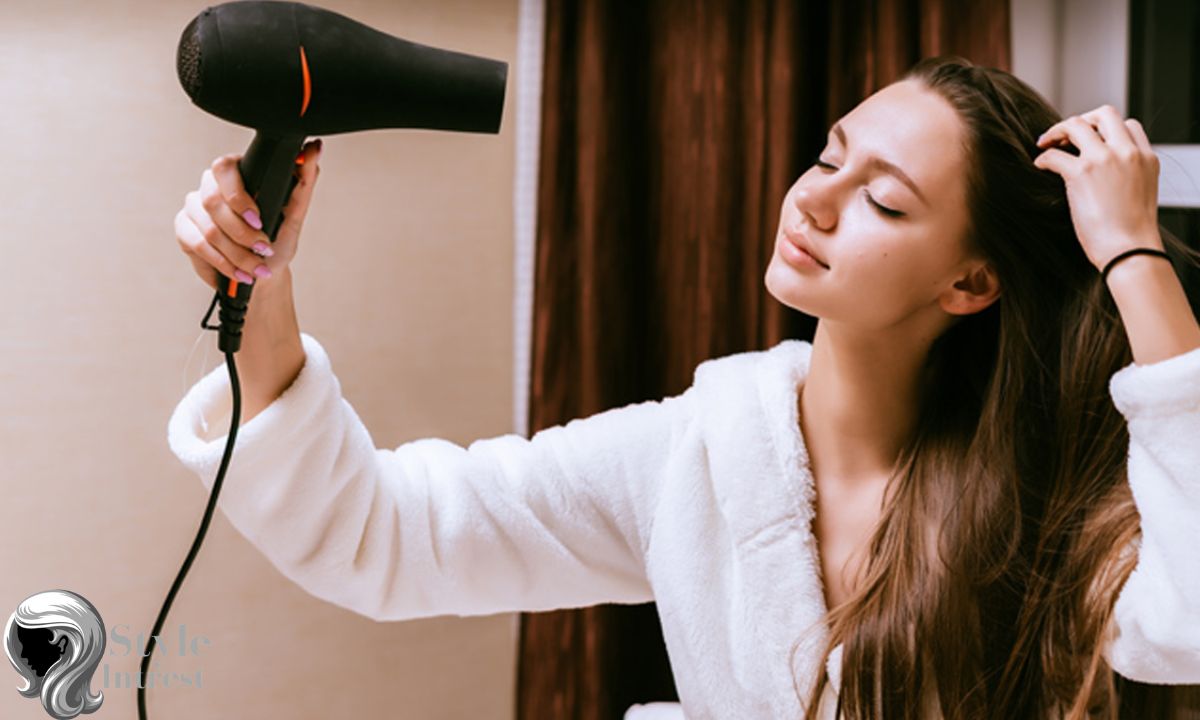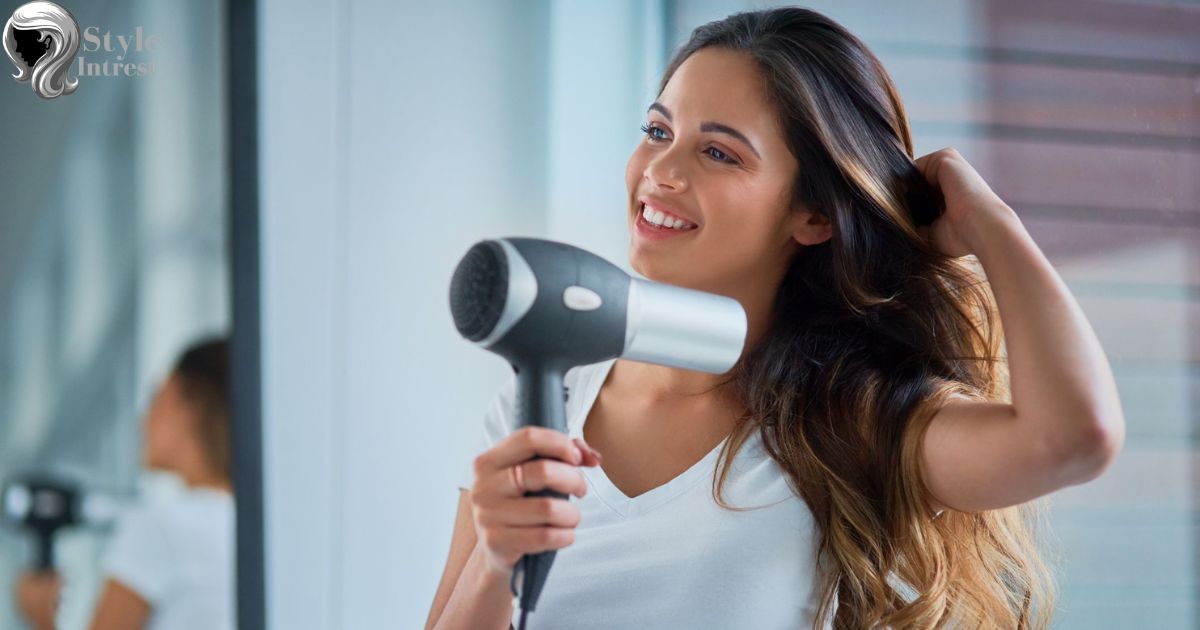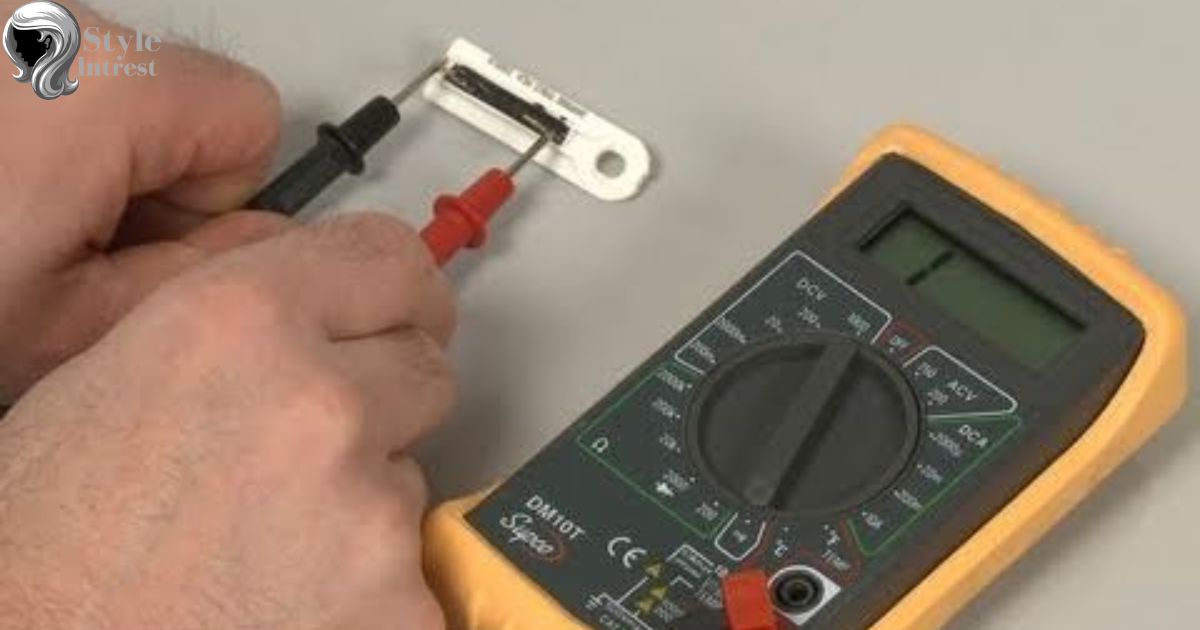Did you know that 60% of hair dryer malfunctions are due to simple issues that can be fixed at home? If your hair dryer won’t turn on, don’t panic! In this step-by-step guide, we will walk you through the troubleshooting process to help you identify and resolve the problem. From checking the power source to testing the thermal fuse, we’ve got you covered. By the end, you’ll have your hair dryer up and running, saving you time and money.
Key Takeaways
- Checking the power source is the first step in troubleshooting a hair dryer that won’t turn on.
- Inspecting the power cord for damage and ensuring secure connections is crucial for proper functioning.
- The on/off switch should be visually inspected for damage and tested for continuity using a multimeter.
- Testing the thermal fuse is important to determine if it is the cause of the hair dryer not turning on.
Check the Power Source
To troubleshoot the issue of a hair dryer not turning on, it is crucial to first verify the functionality of the power source. Begin by plugging another device into the same power outlet to ensure it is working properly. If the alternate device powers on, move on to the next step. If not, check your circuit breaker or fuse box to see if the circuit has tripped or blown a fuse.
Reset the circuit breaker or replace the fuse if necessary. Once you have confirmed that the power source is functioning correctly, proceed to inspect the power cord for any visible damage such as fraying or cuts. A damaged power cord may prevent the hair dryer from turning on and should be replaced immediately. Transitioning to the next section, let’s discuss how to inspect the power cord in detail.
Inspect the Power Cord
After confirming that the power source is functioning correctly, it is important to inspect the power cord for any signs of damage or wear and tear. The power cord is a crucial component of a hair dryer, as it delivers electricity from the power source to the internal components of the appliance. To inspect the power cord, start by unplugging the dryer from the power source.
Carefully examine the entire length of the cord for frayed or exposed wires, kinks, or cuts. If any damage is found, it is essential to replace the power cord immediately to avoid potential electrical hazards. Additionally, check the connections at both ends of the cord to ensure they are secure and free from debris. Remember, always use caution when handling electrical components and consult a professional if needed.
Examine the On/Off Switch
Upon examining the hair dryer’s on/off switch, it is crucial to assess its functionality and ensure that it is not contributing to the appliance’s failure to power on. Begin by visually inspecting the switch for any signs of damage or wear. Look for loose or disconnected wires, as they may prevent the switch from functioning properly. Next, use a multimeter to test the switch’s continuity. Set the multimeter to the resistance mode and touch the probes to the switch terminals.
A reading of zero ohms indicates that the switch is closed and functioning correctly. If the switch fails to show continuity, it may need to be replaced. Consult the hair dryer’s user manual or contact the manufacturer for guidance on finding a suitable replacement switch.
Test the Thermal Fuse
While testing the thermal fuse, it is essential to follow proper safety precautions and use a multimeter to measure its continuity. The thermal fuse is a safety device that protects the hair dryer from overheating. If the hair dryer won’t turn on, it is possible that the thermal fuse has blown and needs to be replaced. Here are the steps to test the thermal fuse:
- Unplug the hair dryer and make sure it is turned off.
- Locate the thermal fuse, which is usually near the heating element or motor.
- Set your multimeter to the continuity or resistance mode.
- Touch the multimeter probes to each end of the thermal fuse.
- If the multimeter shows a reading of infinite resistance or no continuity, the thermal fuse is blown and needs to be replaced.
Remember to always follow the manufacturer’s instructions and consult a professional if you are unsure about performing any repairs yourself.
Consider Professional Repairs or Replacement
It is advisable to carefully evaluate the extent of the hair dryer’s malfunction and consider seeking professional repairs or a replacement if the issue proves to be beyond one’s expertise. When a hair dryer fails to turn on, it could indicate a more serious problem within the device. Attempting to fix it without proper knowledge or skills may result in further damage or even pose a safety risk. By opting for professional repairs or a replacement, one can ensure that the issue is addressed effectively and safely. Professional technicians have the expertise to diagnose the problem accurately and provide appropriate solutions.
They can also recommend whether repair or replacement is the best course of action, taking into consideration factors such as cost, availability of spare parts, and the overall condition of the hair dryer. Ultimately, seeking professional help or investing in a new hair dryer will provide peace of mind and a reliable solution to the malfunctioning device.
FAQ’s
What Are Some Common Signs of a Faulty Power Source for a Hair Dryer?
Common signs of a faulty power source for a hair dryer include the device not turning on, no airflow, unusual noise, or inconsistent heating. These symptoms may indicate issues with the power cord, plug, or internal components.
Can a Power Surge Cause a Hair Dryer to Stop Working?
A power surge can potentially cause a hair dryer to stop working. It is important to understand that power surges can damage the internal components of the dryer, rendering it inoperable.
How Can I Determine if the Power Cord Is the Problem?
To determine if the power cord is the problem in a hair dryer that won’t turn on, one can first check for any visible damage or fraying. Then, using a multimeter, test for continuity in the cord’s wires to identify potential issues.
What Are Some Possible Reasons for a Malfunctioning On/Off Switch?
Possible reasons for a malfunctioning on/off switch in a hair dryer could include a faulty switch mechanism, loose or damaged wiring connections, or a worn-out switch. Further troubleshooting and inspection are necessary to determine the exact cause.
Are There Any Additional Safety Precautions I Should Take When Testing the Thermal Fuse?
When testing the thermal fuse of a hair dryer, it is crucial to prioritize safety. Additional precautions to consider include wearing protective gloves, using a multimeter with the proper settings, and ensuring the hair dryer is unplugged before beginning the testing process.
Conclusion
In conclusion, troubleshooting a hair dryer that won’t turn on requires a systematic approach. By checking the power source, inspecting the power cord, examining the on/off switch, and testing the thermal fuse, you can identify and resolve the issue. If these steps do not solve the problem, it may be necessary to seek professional repairs or consider replacing the hair dryer. Remember, with a little technical know-how, you can restore your hair dryer’s functionality and enjoy effortless hairstyling once again.










